#676 A trip down memory lane
Memory
by Philippe Tortell, Mark Turin, and Margot Young (editors)
Vancouver: UBC Press (Peter Wall Institute for Advanced Studies), 2018
$24.95 / 9781775276609
Reviewed by Forrest Pass
*
 Historians think we know memory. “Social memory” — how communities, governments, and private interests understand and give the past meaning — is a well-established focus in my field. Those of us who work in museums, libraries, and archives — “memory institutions” all — are especially conscious of our role in preserving and presenting versions of the past. The same is true of historians who participate in commemorative celebrations and observances, and anniversaries deemed worthy of commemoration have abounded in recent years.
Historians think we know memory. “Social memory” — how communities, governments, and private interests understand and give the past meaning — is a well-established focus in my field. Those of us who work in museums, libraries, and archives — “memory institutions” all — are especially conscious of our role in preserving and presenting versions of the past. The same is true of historians who participate in commemorative celebrations and observances, and anniversaries deemed worthy of commemoration have abounded in recent years.
One such anniversary — the centenary of the end of the First World War — inspired the editors of Memory to put together this innovative edited collection. Although historians and historical subjects figure among the contributions, they are in the minority. Originating in a series of discussions at the Peter Wall Institute for Advanced Studies at UBC, the collection brings together twenty-eight chapters representing a dizzying diversity of disciplines. Literature, the visual arts, and anthropology are well represented. So, too, are the natural and physical sciences. In fact, the inclusion of interesting, accessible contributions from the sciences is one of the great strengths of the collection; they are refreshing reading for those of us more familiar with humanistic discussions of memory, and intriguing for the parallels and contrasts they suggest.
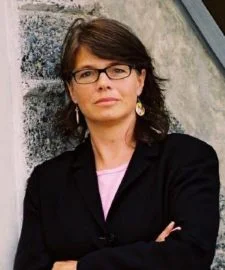

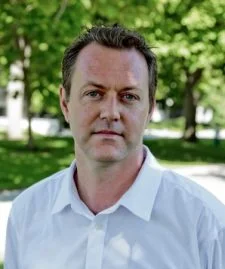

The contributions from the humanities and social sciences tend to focus on case studies, and these come from a variety of times and places. One essay contrasts the oral memory practices of Thangmi people in Nepal and Tsimshian people in northwestern British Columbia in the digital age; another considers the construction – literally — of an ahistorical Macedonian architectural tradition in Skopje. Befitting a 2018 publication, several essays re-evaluate the commemorative significance of the First World War. This is well-trodden ground, but Tara Mayer, Pheroze Unwalla, and Hanna Smyth remind us that the story has had a different resonance outside Europe and North America.
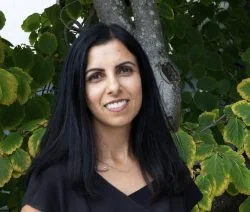
Although not principally a book about British Columbia, the province is the focus of several case studies. Anthropologist Nicola Levell’s account of the UBC Reconciliation Pole is a powerful document of the pole’s meaning and intentions. Sociologist Renisa Mawani’s essay on the infamous Komagata Maru incident argues for greater consideration of the sea and the ship itself in memory formation. For decades historians of the Atlantic world have considered their ocean as a site of experience and interaction, so it is exciting to see this “Pacific turn” in interpreting BC’s past.
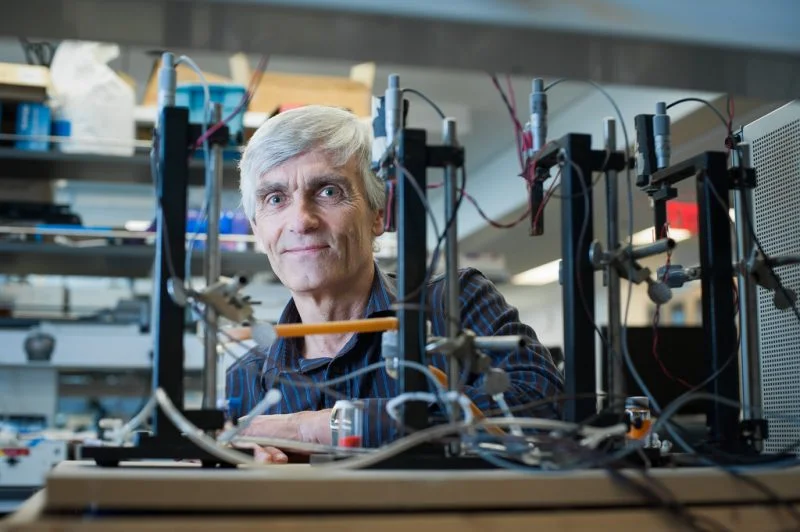

And Mawani’s essay is not the only one that considers west coast waters as a site of memory. Opening and concluding with personal stories of remembering and forgetting the way home, ichthyologist Anthony Farrell analyzes the role that memory plays in salmon migration. The parallels that Farrell finds between his own experience of trans-oceanic migration and that of his salmonid subjects underlines the strength of the collection’s multidisciplinary approach.
Farrell’s fish really do remember, but many of the scientists among the contributors consciously use “memory” as a metaphor: a core sample, a beam of starlight, and a steel girder preserve clues about the past, but they do not “remember” in the same way as a sentient being — human or ichthyoid. Laura Osorio Sunnucks, Gwyneira Isaac, and Diana Marsh know that humanists and social scientists must also acknowledge that their use of the term “memory” is a metaphor for a particular form of historical narrative: “since cultures and societies don’t think, feel, or remember — people do — can there be such things as collective and common memories?”
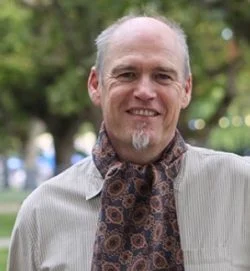
Physical scientists on the one hand and social scientists and humanists on the other do differ in the way they apply the memory metaphor. Metaphorical memory in the physical sciences is, more or less, infallible. Summarizing the ways in which the earth “remembers” past climates, Edouard Bard argues that this natural memory can compensate for humans’ own “failing memories” of climate change. While Bard grants that natural and human phenomena can distort or destroy the climatic record, he nevertheless contrasts it with “our human tendency to either not notice or simply forget.”
Many of the contributions from the humanities address this constructed and instrumental characteristic of memory: as individuals and societies, we all remember and forget selectively as we construct identities, support and advance particular agendas, and come to terms with past traumas. It is this pragmatic and impressionistic nature of collective memory that leads Sunnucks et alia to position collective memory as a vernacular counterpoint to formal history. Some historians have also interpreted collective memory in this way. They compare how popular perceptions of the past with scholarly interpretations, and the former usually comes up short.
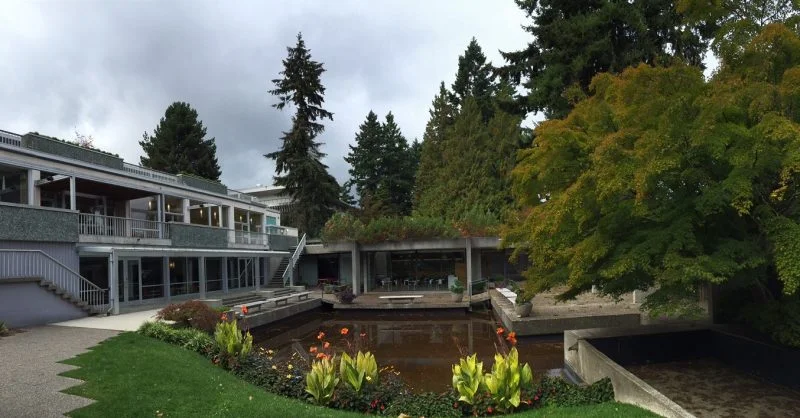

Two psychologists, Caitlin Mills and Kalina Christoff, suggests a compelling new metaphor for interpreting the constructed character of collective memory. Mills and Christoff recount the case of K.C., whose 1981 brain injury impaired his ability to form certain types of memories. K.C. remembered facts, but he lost the ability to recall past events of his own life and, significantly, to visualize the future. Neuroscientists have determined that “episodic memory” and imagining the future are similar processes: both require us to construct mental simulations, which evolve slightly each time we recall them. Applying this scientific observation to collective memory, we might argue that societies, like individuals, simulate the past in a variety of ways; these simulations may be empirically unreliable, but they give meaning. In this version, memory is less a static library or archive and more a constant process of simulation and reinterpretation.
Thinking in terms of mental simulation and meaning-making may help bridge the gap between individual memory and collective historical consciousness. Historians who study social memory — myself included — often focus on the production of commemorative rituals, school curricula, and national symbols, and the intentions of those who produce them. These are often well-documented. Much more elusive is the reception of these efforts: how do individuals make meaning out of the collective past?
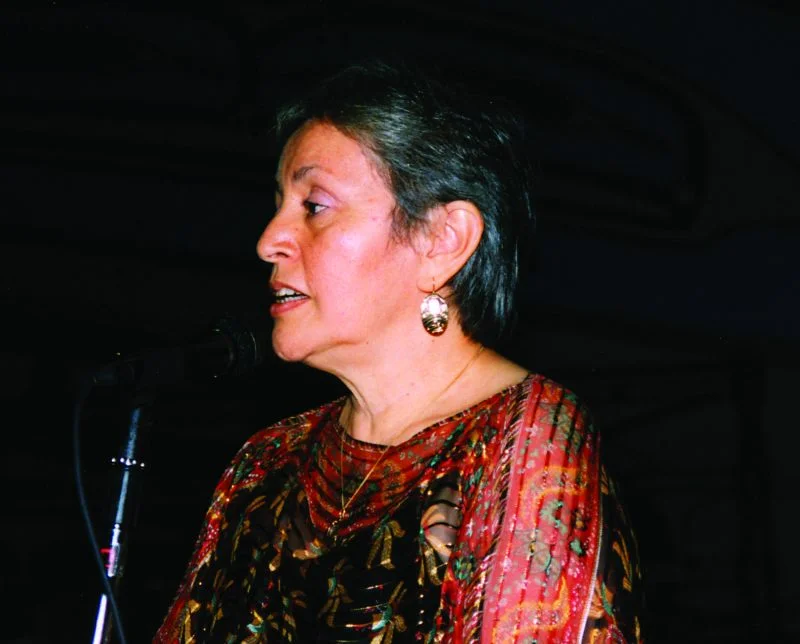
Two contributions that address this question are among my favourites. In the first essay in the collection, Heiltsuk knowledge keeper Hilistis Pauline Waterfall recounts the process by which she regained her Heiltsuk cultural memory after surviving residential school. Her fascinating story reveals the sources of her Heiltsuk memory: innate understanding, childhood experience, the memories of Elders, the arts, “illicit” community performance of potlatch rituals, and even the scholarly ethnography of Franz Boas. Waterfall even shares a recurring nightmare that helps her to make sense of her and her father’s residential school experiences. Deeply personal in its details, Waterfall’s process will no doubt be familiar to many others working to revive and reconstruct the collective memories of Indigenous communities.
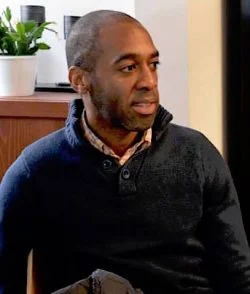
Ian Williams’ lyric essay “Anthems” presents a personal engagement with a very different form of community memory, the national anthems of Canada and the United States. Having researched and written about the history of O Canada, I know well the intentions of the song’s authors and proponents, and the memories and feelings that they hoped it would inspire. But Williams’ annotations illustrate how personal experience of a quintessential national symbol departs from these intentions. It is a reminder of the limits of official projects to shape individual memories.
Personal and political, real and metaphorical, infallible and malleable: memory can be all of these things. In assembling this collection, the editors of Memory have emphasized memory’s protean character. Indeed, in their introduction they confess that they “were challenged to seek unifying themes that illuminate and deepen our understanding of memory.” Yet such threads and parallels do surface throughout, and the introduction (or a conclusion) could have done more to emphasize these. Similarly, the arrangement of the volume emphasizes the diversity of perspectives. The editors could have strengthened the structure by pairing contributions from different disciplines to tease out complementary and contrasting elements.
This is mild criticism, however. Memory shows the ways in which scholars in various disciplines might benefit from insights and metaphors from unexpected sources, a lesson that scholars in all fields, including historians, will do well to remember.

*

Forrest Pass is a curator in the Exhibitions and Online Content Division at Library and Archives Canada. He has worked as a public historian for over ten years and researches and writes extensively on Canadian social, cultural, and material history. His recent articles on social memory in British Columbia include “Dominion Day and the Rites of Regionalism in British Columbia, 1867-1937,” in Celebrating Canada, edited by Matthew Hayday and Raymond Blake (University of Toronto Press, 2017) and “When Vancouver sang a different song,” in British Columbia History 49, no. 4 (2016). Originally from BC’s Sunshine Coast, he now lives in Ottawa.
*
The Ormsby Review. More Books. More Reviews. More Often.
Publisher and Editor: Richard Mackie
The Ormsby Review is a journal service for serious coverage of B.C. books and authors, hosted by Simon Fraser University. The Advisory Board consists of Jean Barman, Robin Fisher, Cole Harris, Wade Davis, Hugh Johnston, Patricia Roy, David Stouck, and Graeme Wynn. Scholarly Patron: SFU Graduate Liberal Studies. Honorary Patron: Yosef Wosk. Provincial Government Patron since September 2018: Creative BC
“Only connect.” – E.M. Forster
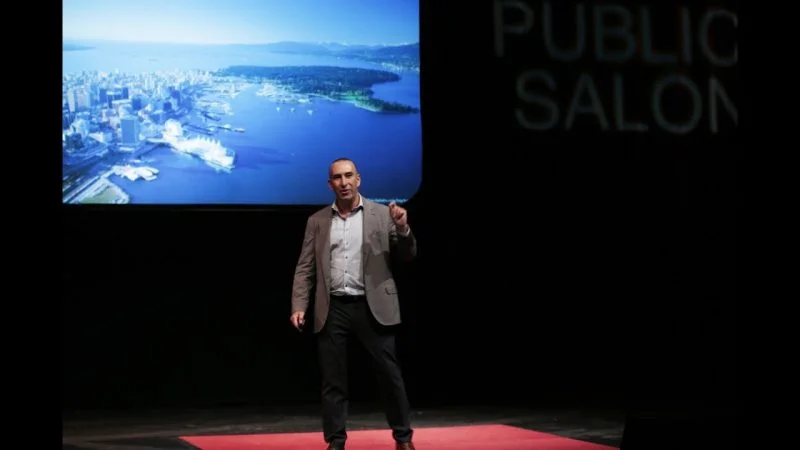































2 comments on “#676 A trip down memory lane”